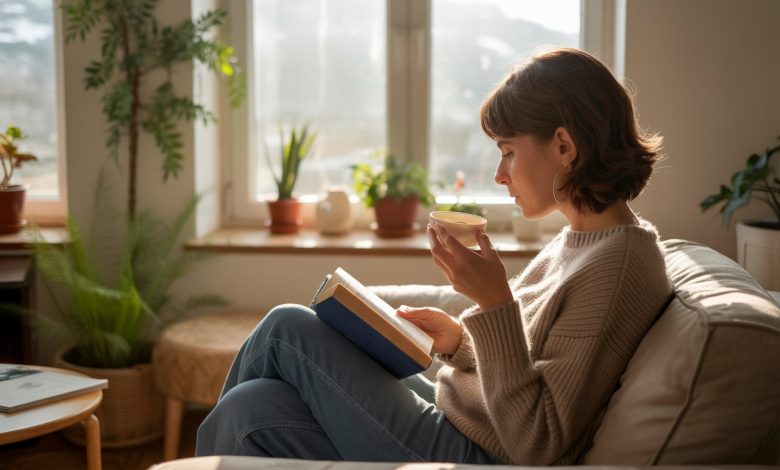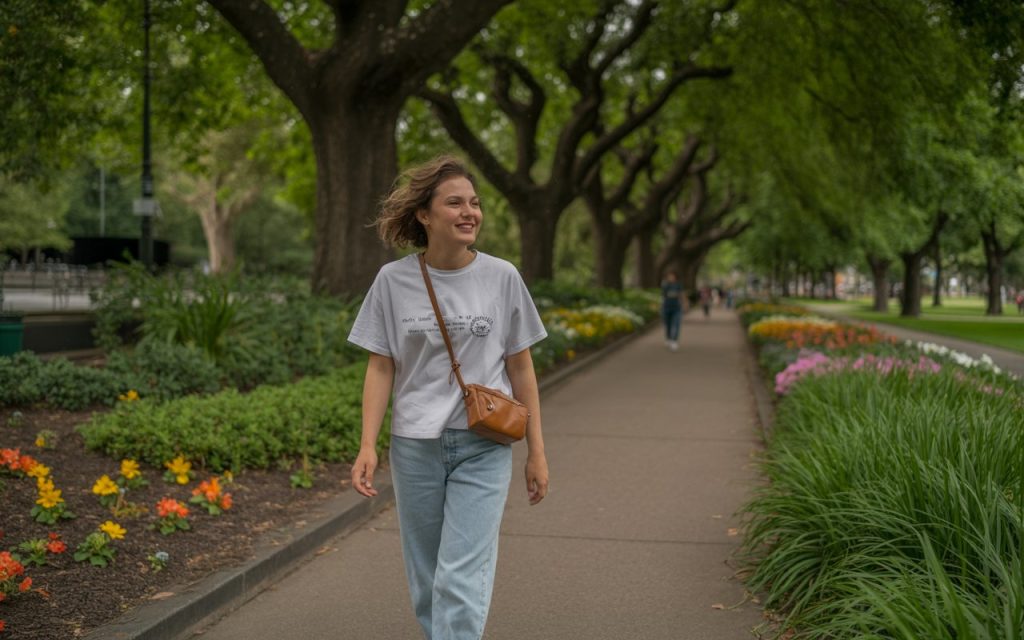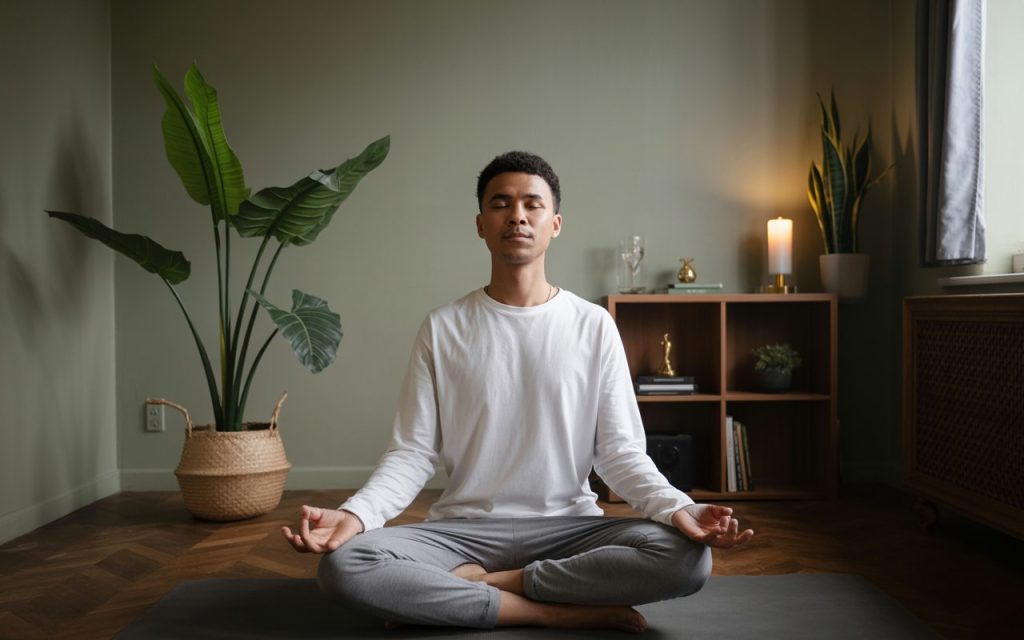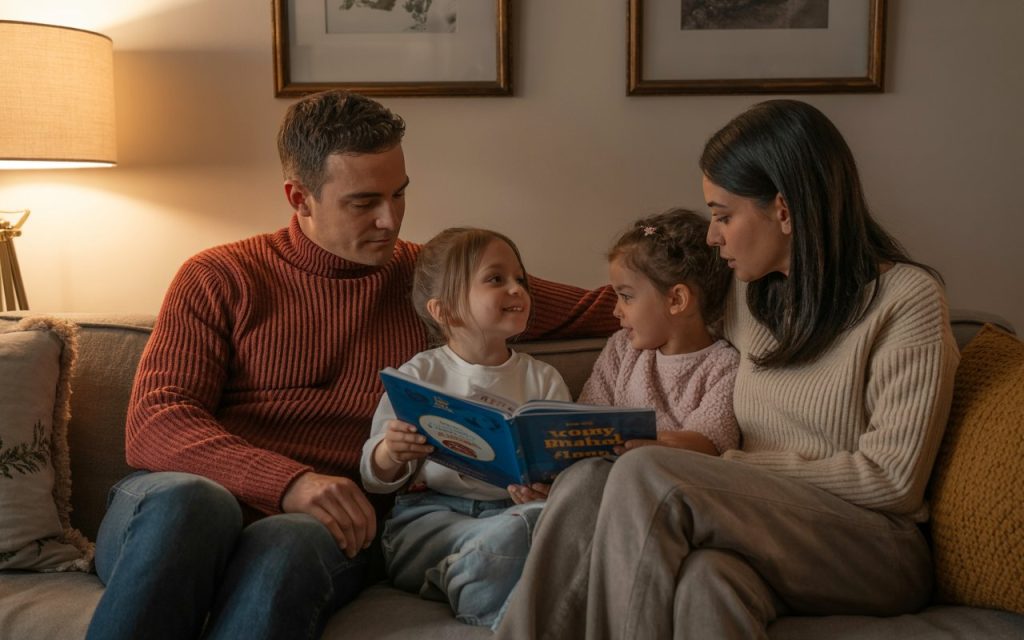Slow Living: Powerful Guide to a Calmer, Happier Life
Embracing a Simpler Life: The Joy and Importance of Slow Living

Slow living is a growing movement that encourages people to slow down, enjoy the present, and focus on what really matters. In a world that often feels fast and stressful, slow living offers a way to live with more calm, joy, and meaning. This article will explain what slow living is, why it is important, and how you can start living more slowly and intentionally—all in simple, easy-to-understand language.
What Is Slow Living?
Slow living means making choices that help you slow down and enjoy life. It is not about being lazy or doing nothing. Instead, slow living is about being mindful, intentional, and present in your daily life. People who practice slow living often:
- Take time to enjoy simple pleasures
- Focus on quality over quantity
- Reduce stress and busyness
- Spend more time with loved ones
- Connect with nature
- Appreciate the present moment

The Origins of Slow Living
The idea of slow living grew out of the “Slow Movement,” which started in the 1980s. The Slow Movement began as a protest against fast food and the rush of modern life. Over time, it grew to include many areas of life, such as work, travel, and daily routines. Today, slow living is a way for people to find balance and happiness in a fast-paced world.
Why Slow Living Matters
Slow living matters because it helps people feel happier, healthier, and more connected. Here are some of the main reasons why slow living is important:
- Reduces stress: Slowing down helps you feel less rushed and anxious.
- Improves health: Less stress means better physical and mental health.
- Strengthens relationships: Spending more time with loved ones builds stronger bonds.
- Increases happiness: Enjoying the present moment makes life more joyful.
- Promotes mindfulness: Being present helps you appreciate what you have.

The Benefits of Slow Living
There are many benefits to practicing slow living. Here are some of the most important ones:
1. Less Stress and Anxiety
When you slow down, you give yourself time to relax and recharge. This helps reduce stress and anxiety, making you feel calmer and more at peace.
2. Better Health
Slow living encourages healthy habits like eating well, exercising, and getting enough sleep. These habits help you feel better and live longer.
3. Stronger Relationships
Spending more quality time with family and friends helps you build deeper, more meaningful relationships.
4. More Joy and Gratitude
When you slow down, you notice the small, beautiful things in life. This helps you feel more grateful and happy.
5. Greater Productivity
Surprisingly, slowing down can make you more productive. When you focus on one thing at a time, you do it better and faster.
6. More Creativity
Taking time to relax and reflect can spark new ideas and creativity.

Table: Slow Living vs. Fast Living
| Feature | Slow Living | Fast Living |
|---|---|---|
| Pace | Slow, intentional | Fast, rushed |
| Focus | Present moment, quality | Future, quantity |
| Stress | Low | High |
| Health | Better | Worse |
| Relationships | Stronger | Weaker |
| Happiness | Higher | Lower |
| Productivity | Often higher | Often lower |
How to Start Practicing Slow Living
You don’t have to change your whole life to start slow living. Small, simple changes can make a big difference. Here are some easy ways to get started:
1. Take Your Time
Slow down your daily activities. Eat slowly, walk slowly, and enjoy the process instead of rushing through it.
2. Limit Screen Time
Spend less time on your phone, computer, or TV. Instead, read a book, take a walk, or talk to someone you love.
3. Practice Mindfulness
Pay attention to the present moment. Notice your breath, your surroundings, and how you feel.
4. Simplify Your Life
Declutter your home and schedule. Focus on what really matters and let go of the rest.
5. Spend Time in Nature
Go outside, take a walk, or sit in a park. Nature helps you feel calm and connected.
6. Enjoy Simple Pleasures
Take time to enjoy a cup of tea, a good meal, or a quiet moment.
7. Say No More Often
You don’t have to do everything. Say no to things that don’t add value to your life.

Real-Life Examples of Slow Living
Here are some real-life examples of how people practice slow living:
- Maria, a teacher: Maria wakes up early to enjoy a quiet breakfast and a walk before work. She takes breaks during the day to breathe and relax.
- Tom, a business owner: Tom limits his work hours and spends evenings with his family. He enjoys cooking and eating meals together.
- Lisa, a student: Lisa turns off her phone at night and reads before bed. She spends weekends hiking and exploring nature.
Common Challenges and How to Overcome Them
Slow living is not always easy, especially in a busy world. Here are some common challenges and how to handle them:
- Pressure to be busy: Society often values busyness. Remember that it’s okay to slow down and take care of yourself.
- Guilt for taking time off: You deserve rest and relaxation. Give yourself permission to slow down.
- Fear of missing out: You don’t have to do everything. Focus on what makes you happy.
- Difficulty saying no: Practice saying no to things that don’t matter to you.
- Technology distractions: Set limits on screen time and take regular breaks.
The Science Behind Slow Living
Research shows that slow living can improve your health, happiness, and well-being. Studies have found that people who slow down and practice mindfulness:
- Feel less stressed and anxious
- Have better mental health
- Enjoy stronger relationships
- Are more creative and productive

How to Make Slow Living a Habit
Making slow living a habit takes time and practice. Here are some tips to help you stick with it:
- Start small: Make one or two small changes at a time.
- Be consistent: Try to practice slow living every day.
- Track your progress: Write down how you feel and what works for you.
- Reward yourself: Celebrate your successes, even small ones.
- Get support: Share your goals with friends or family.
The Impact of Slow Living on Society
Slow living can have a positive impact on society as a whole. When people slow down, they are kinder, more patient, and more connected. This can lead to stronger communities and a happier world.
How to Encourage Slow Living in Your Community
You can help others discover the benefits of slow living by:
- Leading by example: Show others how you slow down and enjoy life.
- Sharing your experiences: Talk about the benefits of slow living with friends and family.
- Organizing slow events: Host a potluck, a walk, or a meditation group.
- Supporting local businesses: Shop at small, local stores that value quality over speed.

Frequently Asked Questions (FAQs)
Q: What is slow living?
A: Slow living is a way of life that focuses on slowing down, being present, and enjoying the simple things.
Q: Why is slow living important?
A: Slow living helps reduce stress, improve health, and increase happiness.
Q: How do I start practicing slow living?
A: Start by slowing down your daily activities, limiting screen time, and spending time in nature.
Q: Is slow living lazy?
A: No, slow living is not about being lazy. It is about being intentional and mindful.
Q: Can I practice slow living if I have a busy job?
A: Yes, you can practice slow living no matter how busy you are. Start with small changes.
Q: What if I feel guilty for slowing down?
A: It’s okay to slow down and take care of yourself. You deserve rest and relaxation.
Q: How does slow living help relationships?
A: Slow living helps you spend more quality time with loved ones, which strengthens relationships.
Q: Can slow living make me more productive?
A: Yes, slowing down can help you focus and do your best work.
Q: How do I deal with pressure to be busy?
A: Remember that it’s okay to slow down. Focus on what matters to you.
Q: What if my family or friends don’t understand slow living?
A: Share your experiences and the benefits you’ve noticed. They may want to try it too.
How to Enjoy the Benefits of Slow Living
To enjoy the benefits of slow living, try to:
- Be present in the moment
- Enjoy simple pleasures
- Spend time with loved ones
- Take care of your health
- Let go of unnecessary stress

The Future of Slow Living
As more people discover the benefits of slow living, it is likely to become more popular. In the future, we may see more communities and workplaces that value slowing down, mindfulness, and quality of life.
Conclusion
Slow living is a powerful way to find calm, joy, and meaning in a fast-paced world. By slowing down and focusing on what really matters, you can reduce stress, improve your health, and enjoy a happier, more fulfilling life. Start small, be consistent, and enjoy the journey of slow living.




